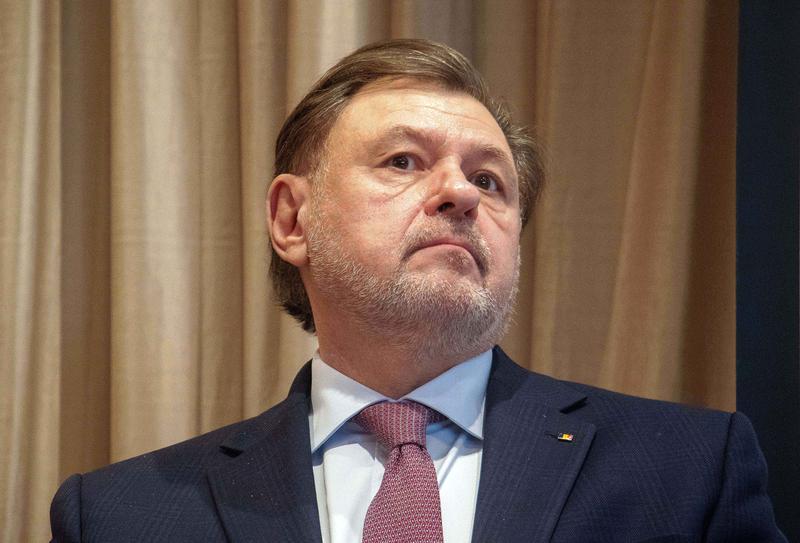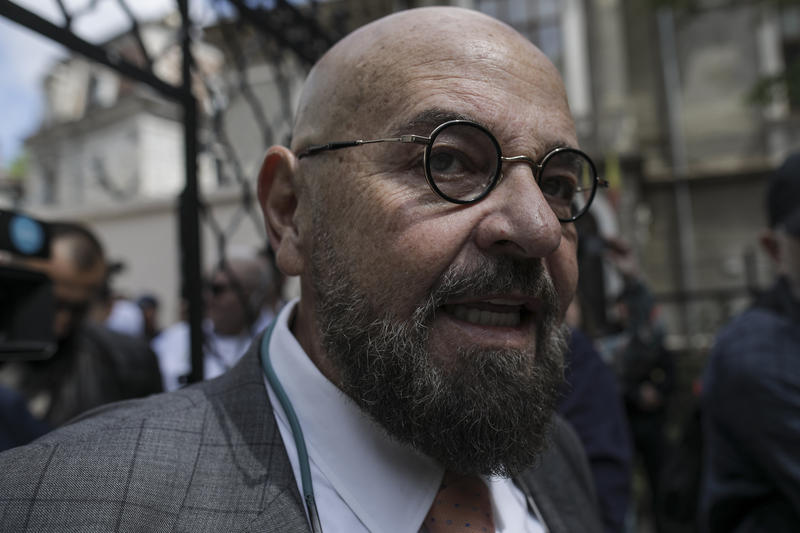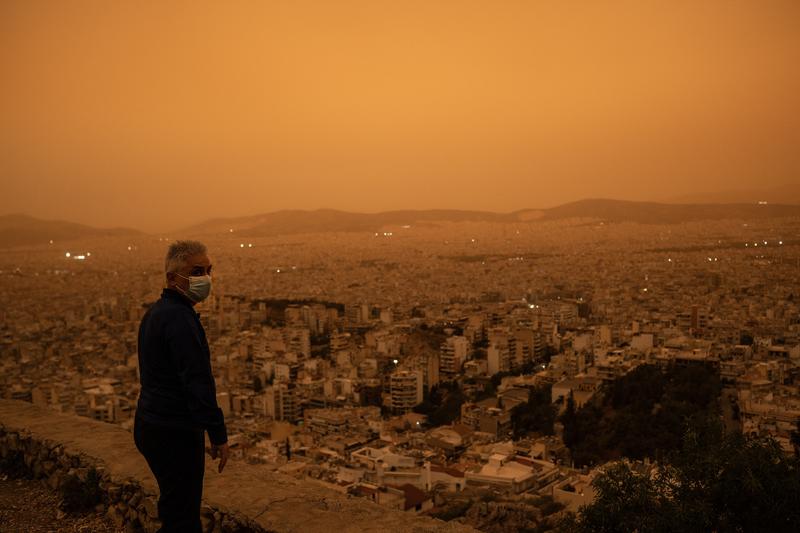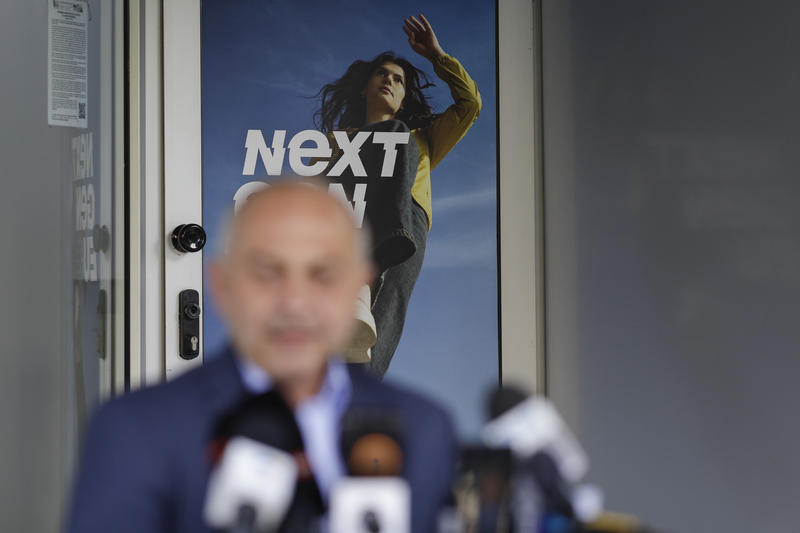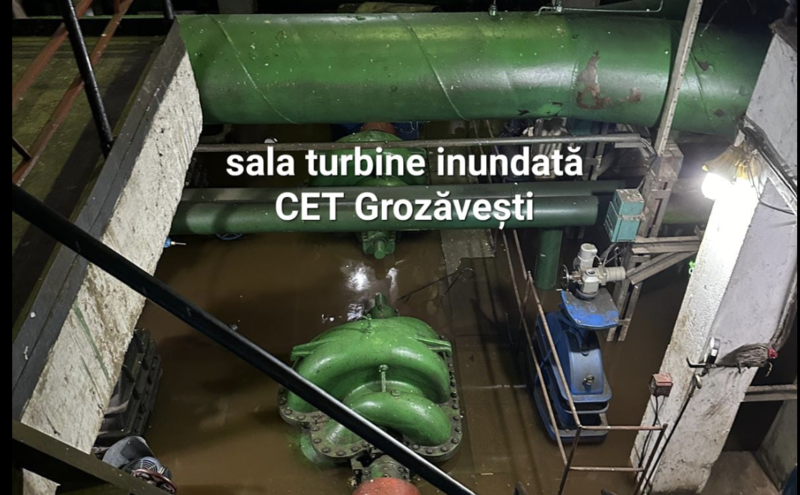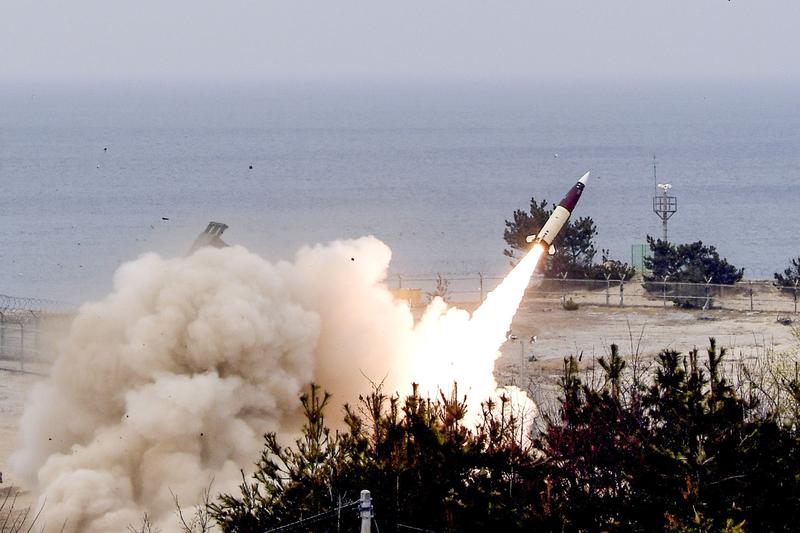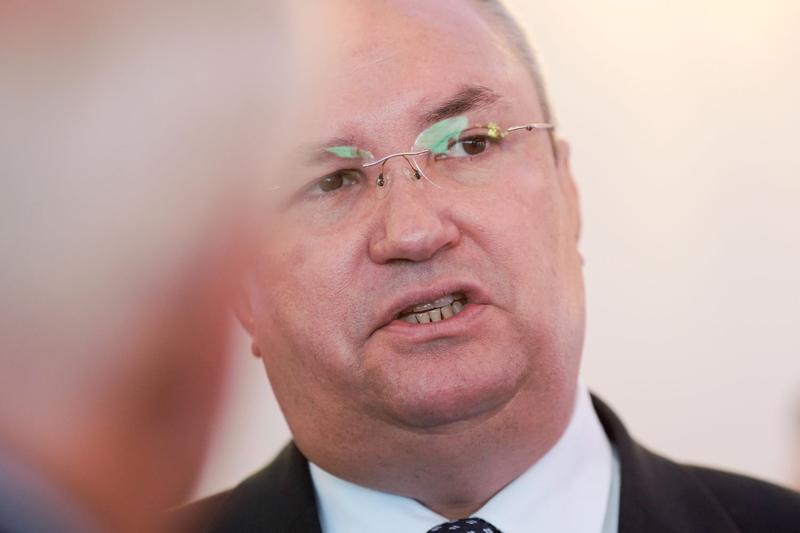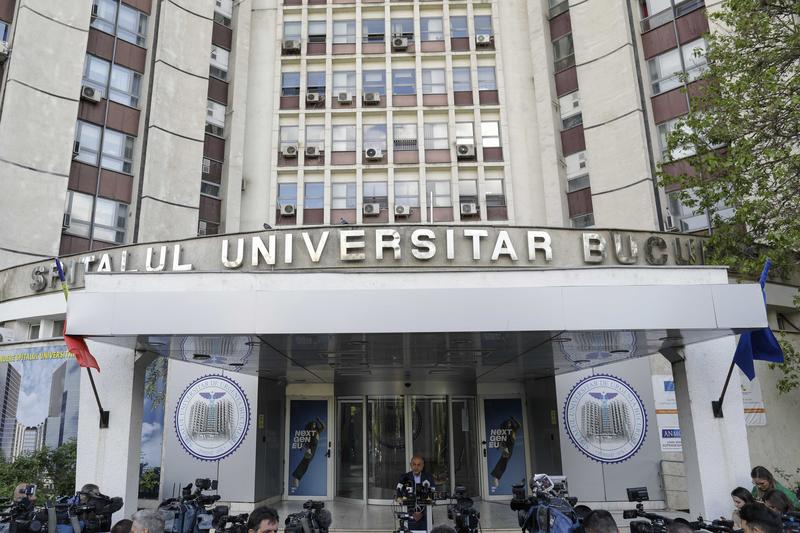Lybia boasts everywhere with its oil field in Murzuk, once controlled but now lost by the Romanian state. The field produces twice as much crude as the whole Romanian oil company Petrom.
While the Murzuk oil field was the discovery of the Romanian state, it had ceded it to a Spanish company. Meanwhile, Romanian businessman Dinu Patriciu has suited himself a refinery. Prosecutors tried to find a connection, but couldn’t convince judges the investigations had rather proceed with Patriciu behind bars.
From a Libyan geology book: "The most important Libyan oilfield lies in Sahara, south of Tripoli: the Murzuk oil field. This gigantic field, with reserves of up to 2 billion barrels of crude, had initially been passed for exploitation to the Romanian state-controlled oil company (Petrom RA – the former name of Rompetrol).
This autonomous body (now Rompetrol) faced fdifficulties in funding the exploitation programme of the Murzuk field. Its part was bought by Spanish company Repsol in 1993 for 65-85 million USD", the same presentation says.
The current operator of the field, Repsol, says it is the most important investment for its production strategy for years to come.
The Murzuk field Romania has ceded has a potential of 2 billion barrels. Which in today’s terms would translate into billions of dollars, money that would have been controlled by the Romanian state in partnership with the Libyans.
For comparison, the recently privatized Romanian oil company Petrom has an estimated reserve of 1 billion barrels.
What happens in Murzuk now
Repsol, the Spanish company that took over the oil field, coordinates a European consortium in which it holds 32%, along with the National Oil Company (NOC) of Libya, OMV - Austria and Total – France.
In the first explotation phase up to 1998, Murzuk would produce up to 100,000 barrels/day. Since than, it has increased production to 210-250,000 barrels/day.
For comparison, Petrom now extracts some 100,000 barrels daily from all its oil fields and would not dare to dream for the current Murzuk output before 2010.
The history of the black gold in Murzuk
In 1980, the Romanian state’s subsidiary in Libya, Rompetrol of Libya, and the local national oil company NOC reached a deal for the geological exploitation and share of crude production, if a crude deposit would be discovered.
The deal, based on a 1980 Romanian decree that allowed for such moves abroad, would have three states: exploration, development and exploitation. It never came to its final stage.
1980-1989: geological exploration
The first stage of the deal started in 1980 and ended in the year of the Romanian revolution, 1989. It passed on the risk and money of the Romanian state: it could have led to a negative result – that is, no oil found; or the field might have proved unexpoitable.
For this first phase alone, Romania considered it would invest some 80 million USD. Money started to be spent: tools and installations were bought for 300 million ROL (1$=15 ROL at the time), and 53.3 million USD were included in the foreign balance sheet. And the Romanian part used credits to be paid it time from the oil that the country would receive from its exploitation rights.
Second phase: development
Two decisions of the first post-Communist government in Romania, run at the time by the National Salvation Front (FSN) under PM Petre Roman, would allow for the continuation of the Murzuk operations, but not for long.
Oil reserves had been discovered in Libya, and above expectations. Naturally, the Romanian programme would continue, but it would involve a lot of money.
In a first phase, the Petre Roman-led government decided in June 1991 to approve the continuation of the project and provided 3.5 million USD for it instantly. The amount was due to reach 5 million USD by the end of that year.
Meanwhile, changes appear the very same year. A governmental decision – HG 481/1991 – allows for an association with a partner in the project, but retains the rights of the Romanian state to keep the majority stake and of NOC to agree on a possible new actor. The Romanian partner in such an instance would be Petrom RA, that still included Rompetrol.
Third phase: deadlock
By then, Murzuk proved to be a gold mine with oil bursting from every pit they dug.
For Romania, the investment would rise to 500 million USD in time, but strong partners could have been attracted in the consortium and support could have been obtained from banks.
But the final blow comes on February 7, 1992.
The date is when Romanian authorities signed a "deal on principle" that cedes the whole business to Repsol.
Romanian officials seemed relaxed: they don’t even consider to negotiate the terms. The task would be at the hand of Rompetrol (still a state company at the time). Its bosses numbered ex-Senator Badulescu, a Social Democrat, who then became a shareholder at Rompetrol under Dinu Patriciu.
Dust to dust
Everything ends in March 1993, under the government led by Nicolae Vacaroiu, the current speaker of the Romanian Senate. Then, Rompetrol and Repsol Exploration SA signed a Accord of Transfer by which the Spanish company took over the whole business – with all the rights, obligations and assets of Rompetrol of Libya.
A month later, the same Vacaroiu government gives its final stamp on the transfer of the Murzuk business to Repsol.
The Rompetrol management had thus concluded a deal most experts would find unconceivable. The Romanian state, said the deal, would recover the dollars spent in time and would receive 85 million USD in bonuses before 2008.
The money would go to the state budget, as the governmental decision said.
The first part of it was paid to the state budget in 1995, when Repsol transferred 21.6 million to Rompetrol. The Romanian company transferred the money to the state budget, at least partially. It was the first and last such payment to the state.
The Rompetrol had been privatized through share distribution among employees in 1993 and its new owners did not keep the money from Repsol but left it to the state. But just for a start.
In 1998, Dan Costache Patriciu takes over Rompetrol. Two years later, it eyed Petromidia – and prosecutors found the money from the Libyan debt were not totally unconnected to his new target.
According to the Prosecutor’s General Office, correspondence between two Rompetrol managers in October – November 1999 betrays solutions for cashing in "money due to the state budget".
The correspondence between vice-president John Works and financial manager Alexandru Bucsa suggests the Rompetrol (as a state company) continued the exploitation-development of the oil field on state money and under state risks, while the money it was due to receive was considered "a guarantee for the Romanian state budget ", according to prosecutors.
In a press release issued in May last year, the prosecutor’s general office says the exchange between the two managers shows they looked for solutions to take hold of the money due to the state budget.
Rompetrol arguments
In reply, the management of the Rompetrol group said "all investments were done by full compliance with the privatization contract, as shown in addresses issued in this regard by the Authority for State Assets Recovery - AVAS".
The Rompetrol group also accused prosecutors repeatedly of "illegal behaviour" and submitted complaints in this regard to the Prosecutor’s General and the Superior Council of Magistrates.
Last but not least, "we submitted a criminal complaint related to the crimes of abuse in office against the interests of persons, revelations of professional secrets and circumvention of documents", says a material sent to our editorial staff in 2005.
Installment dispute
In 1999, Rompetrol, already controlled by Patriciu, informed the Finance Ministry in Bucharest that an installment of 10 million USD was about to be cashed in. The company announced, though, that it didn’t consider it owed the money to the state budget. And the company received the amount.
75 million USD were left to be recovered, according to prosecutors’ estimates. But because the sum would come in installments, Rompetrol (Bucharest) ceded the rights to the Rompetrol Group NV (TRG) for 35 million USD.
The money was passed from one to another through several contracts and deals from Rotterdam to the Virgin Islands then back to Netherlands to eventually take the route to Bucharest and arrive in Navodari (where the Petromidia refinery is based), back once again to Netherlands and to the Virgin Islands.
According to prosecutors, of the 51 million USD that TRG invested in Petromidia, 36 million returned extremely fast. The Petromidia money-making machine had started the production of cash.
Transa in disputa
In 1999, Rompetrol (detinut de Patriciu) informa Ministerul Finantelor Publice ca o transa de 10 milioane de dolari e pe punctul sa fie incasata. Compania anunta insa institutia mentionata sa isi ia gandul de la acesti bani la buget, intrucat considera ca nu ii datoreaza statului. Si compania a incasat banii.
Ramasesera de recuperat 75 de milioane de dolari, din aprecierile procurorilor. Pentru ca acestia veneau in transe, Rompetrol (Bucuresti) a cedat TRG creantele pentru suma de 35 de milioane de dolari.
Care s-au plimbat ce s-au plimbat prin mai multe contracte si acorduri din Rotterdam in Insulele Virgine, apoi iar in Olanda, pentru a lua calea Bucurestiului si a ajunge la Navodari (Petromidia), iar in Olanda si iar in Insulele Virgine.
Potrivit procurorilor, din 51 de milioane de dolari, cat a investit TRG in Petromidia, 36 de milioane s-au intors rapid la extern. Masina de bani Petromidia incepuse deja productia de cash.
© Copyright HotNews.ro si EurActiv.ro
